- Your cart is empty
- Continue Shopping
BBYET-141 Cell and Molecular Biology in English Solved Assignment 2023
ASSIGNMENT
Course Code: BBYET-141
Assignment Code: BBYET-141/TMA/2023
Maximum Marks: 100
| Title Name | BBYET-141 Solved Assignment 2023 |
| University | IGNOU |
| Service Type | Solved Assignment (Soft copy/PDF) |
| Course | BSCG |
| Language | ENGLISH |
| Semester | 2023 Course: B.SC(G) CBCS |
| Session | Valid from 1st January, 2023 to 31st December, 2023 |
| Short Name | BBYET-141 |
| Assignment Code | BBYET-141/TMA/2023 |
| Product | Assignment of BSCG 2023 (IGNOU) |
| Submission Date | Valid from 1st January, 2023 to 31st December, 2023 |
| Price | RS. 50 |
Note: Attempt all questions. The marks for each question are indicated against it.
1. a) State whether these statements are ‘True’ or ‘False’.
i) Speed of ultracentrifuge ranges between 60,000 to 150,000
rpm.
ii) During anaphase I, the tetrad chromosomes separate into dyad
chromosomes.
iii) Both DNA and RNA are regarded as genetic material.
iv) Wobble hypothesis is connected with gene expression
regulation.
v) G2 checkpoint is known as spindle assembly checkpoint.
(1×5=5)
b) Define the following:
i) Plasmodesmata
ii) Microtubles
iii) Resolution of a microscope
iv) Peroxisomes
v) Replication bubble
(1×5=5)
2. a) Describe the structure of plant cells and their cell organelles with
suitable diagram.
b) Explain Sandwich model of plasma membrane with labelled diagram.
(5×2=10)
3. a) Describe the different kinds of RNA with suitable diagram.
b) Differentiate between A-DNA and Z-DNA.
(5×2=10)
4. a) Compare the theta-model and rolling circle model of DNA replication.
b) Describe Hershey Chase experiment and give the main conclusions
obtained from this experiment.
(5×2=10)
5. a) Explain polytene chromosomes with labelled diagram?
b) Elucidate in detail the mechanism of transcription in prokaryotes with
suitable diagram.
(5×2=10)
6. a) Explain the mechanism of RNA editing with the help of a neat
illustration.
b) Why is genetic code considered to be ‘nearly universal’? Explain.
(5×2=10)
4
7. a) What are the roles of different enzymes in DNA replication?
b) What are autonomously replication sequences?
(5×2=10)
8. a) Give a detailed structure of cilia and flagella.
b) Explain how cellular structure of prokaryotes is different from that of
eukaryotes.
(5×2=10)
9. Discuss the different forms of post translational modification of proteins. (10)
10. Write short notes on:
i) Phase contrast microscope
ii) Ion exchange chromatography
iii) Two dimensional gel electrophoresis
iv) Kinetochore
BBYET-141, BBYET 141, BBYET141




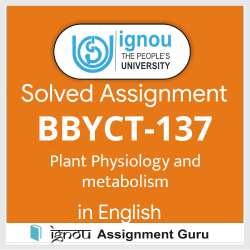
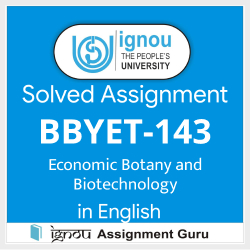
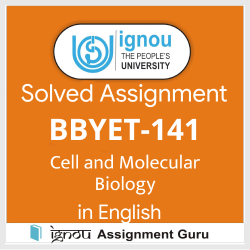
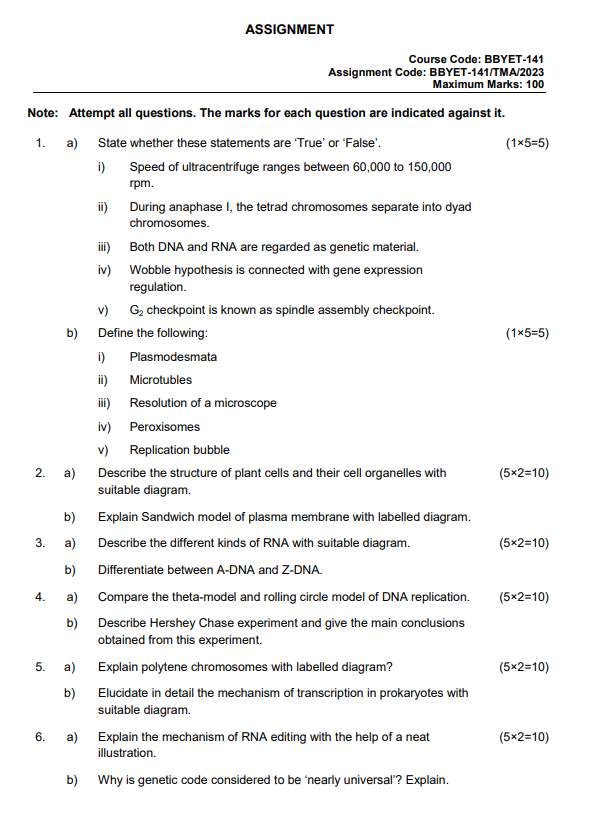
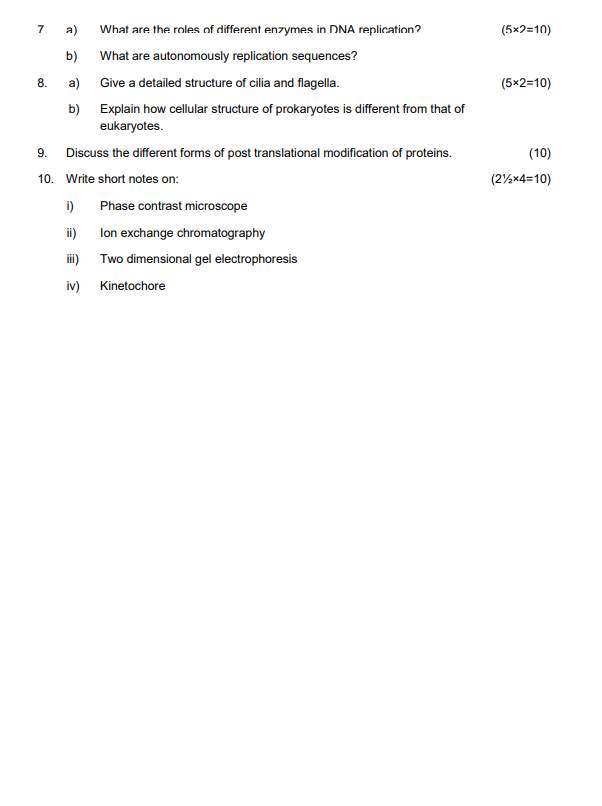
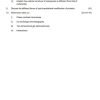



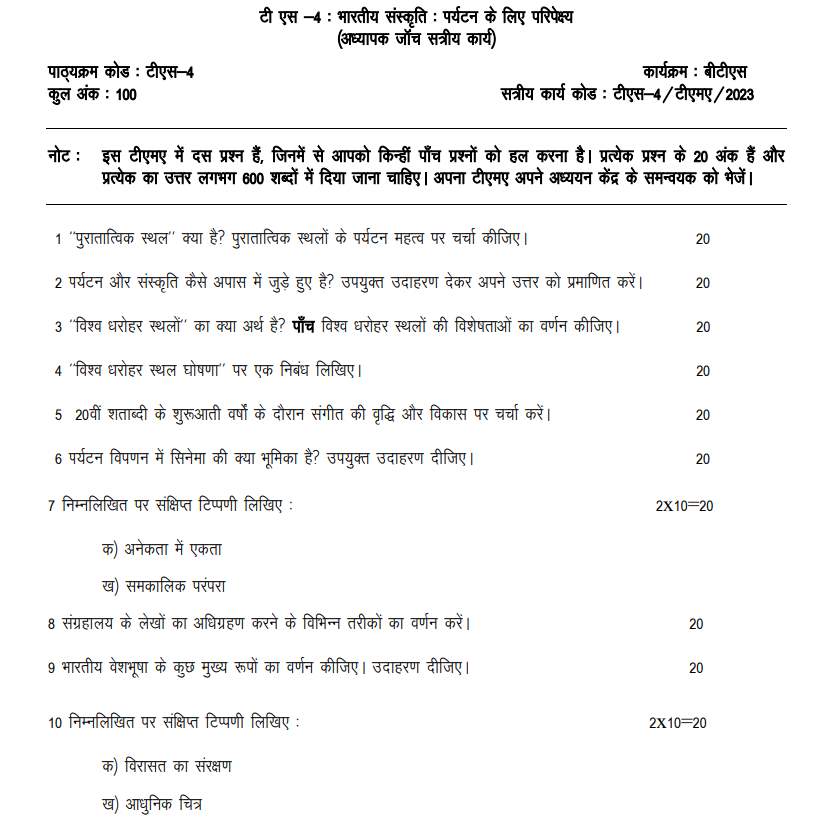

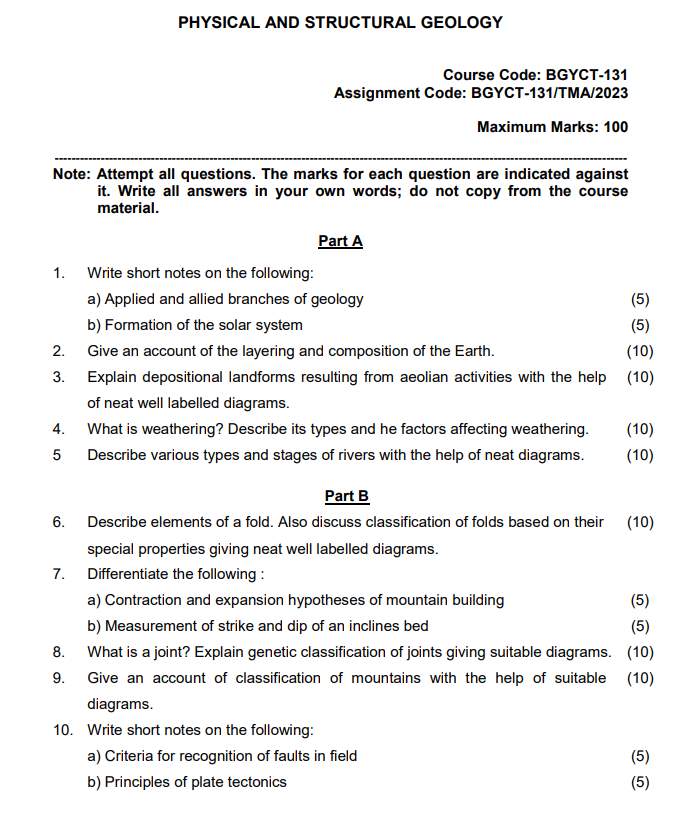
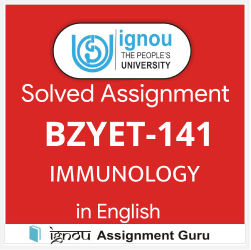
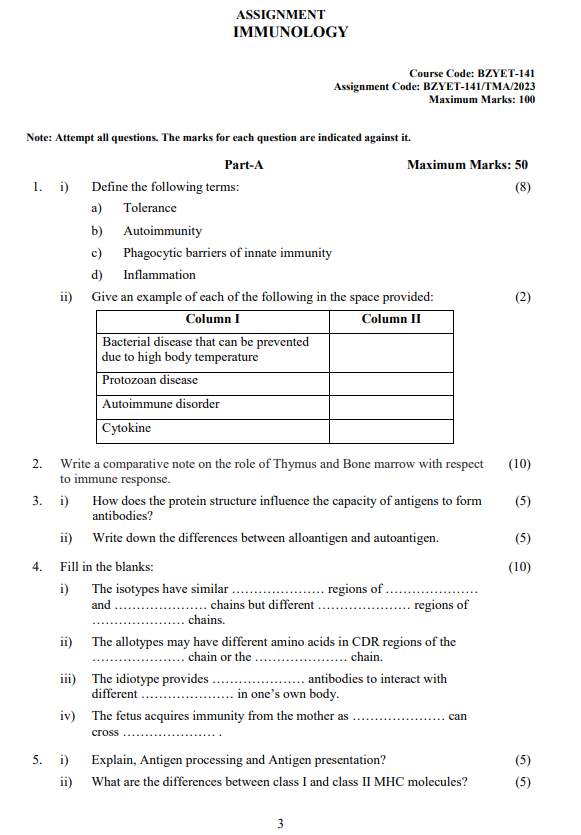
Reviews
There are no reviews yet.